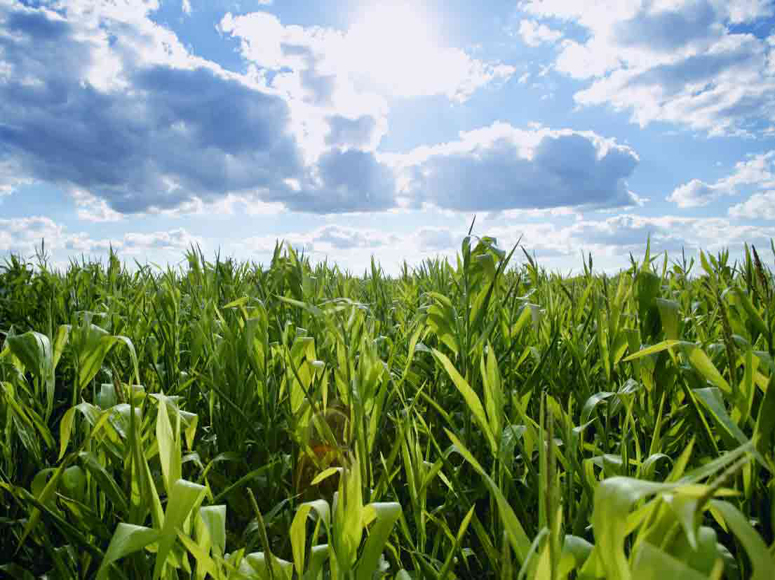Today is Earth Day, where the world celebrates and demonstrates support for environmental protection. To coincide with Earth Day, a high-level ceremony will be held at the United Nations headquarters in New York for countries to sign the Paris Agreement that will limit global temperature rise to well below 2 degrees Celsius. The U.S. is among numerous countries signing the agreement today, which will enter into force when joined by at least 55 countries, collectively representing at least 55 percent of global emissions.
Leading up to the Paris Agreement, countries submitted individual plans — called Intended Nationally Determined Contribution (INDCs) — on how they planned to meet the greenhouse gas emissions reduction targets. Thirty-seven countries have included biofuels in their INDCs, but there’s one glaring omission — the United States.
According to the Department of Energy’s GREET model, corn ethanol from an average dry mill reduces greenhouse gas emissions by 34 percent compared to gasoline—even when hypothetical land use change emissions are included. Comparing direct emissions only, average corn ethanol reduces greenhouse gas emissions by 44 percent relative to gasoline.
 Meantime, the use of ethanoI in gasoline in 2015 reduced CO2-equivalent greenhouse gas emissions from transportation by 41.2 million metric tons — equivalent to removing 8.7 million cars from the road for an entire year.
Meantime, the use of ethanoI in gasoline in 2015 reduced CO2-equivalent greenhouse gas emissions from transportation by 41.2 million metric tons — equivalent to removing 8.7 million cars from the road for an entire year.
Additionally, according to a November 2015 analysis by Life Cycle Associates, on behalf of RFA, "The RFS2 has resulted in significant GHG reductions, with cumulative CO2 savings of 354 million metric tonnes over the period of implementation."
Click here to see more...